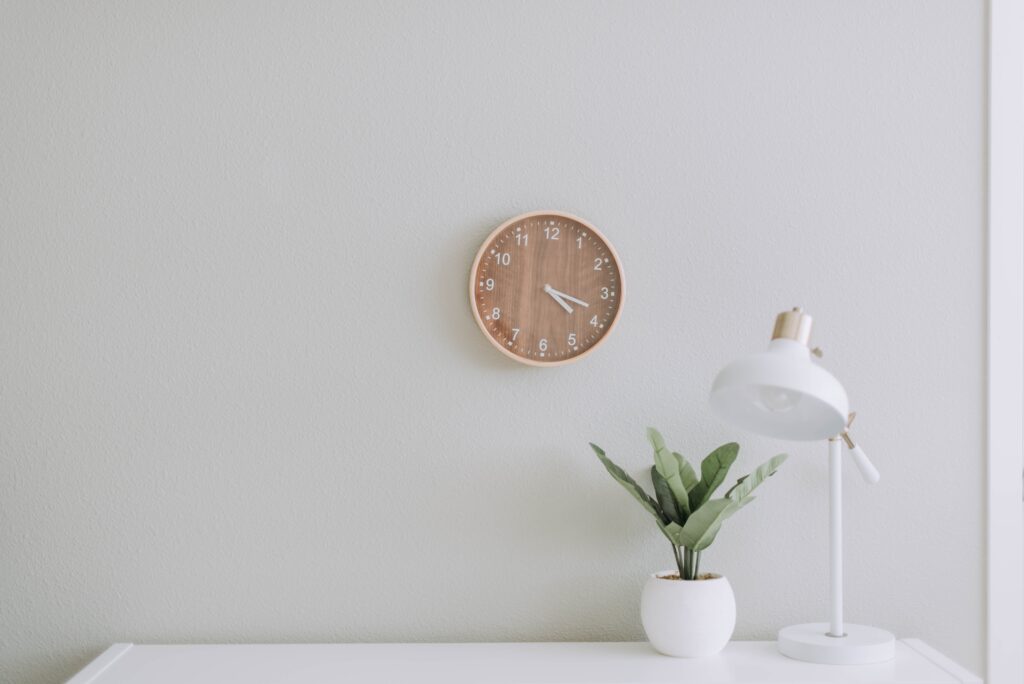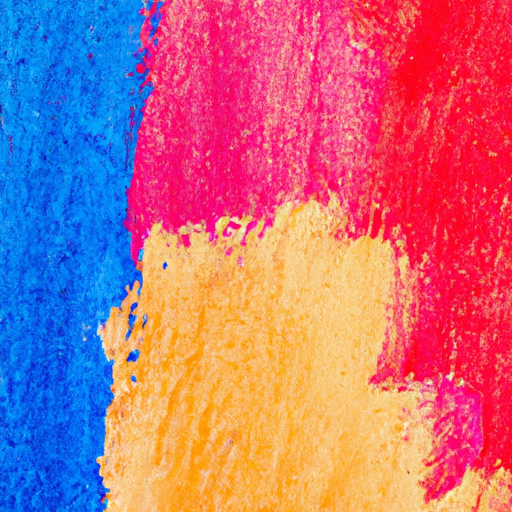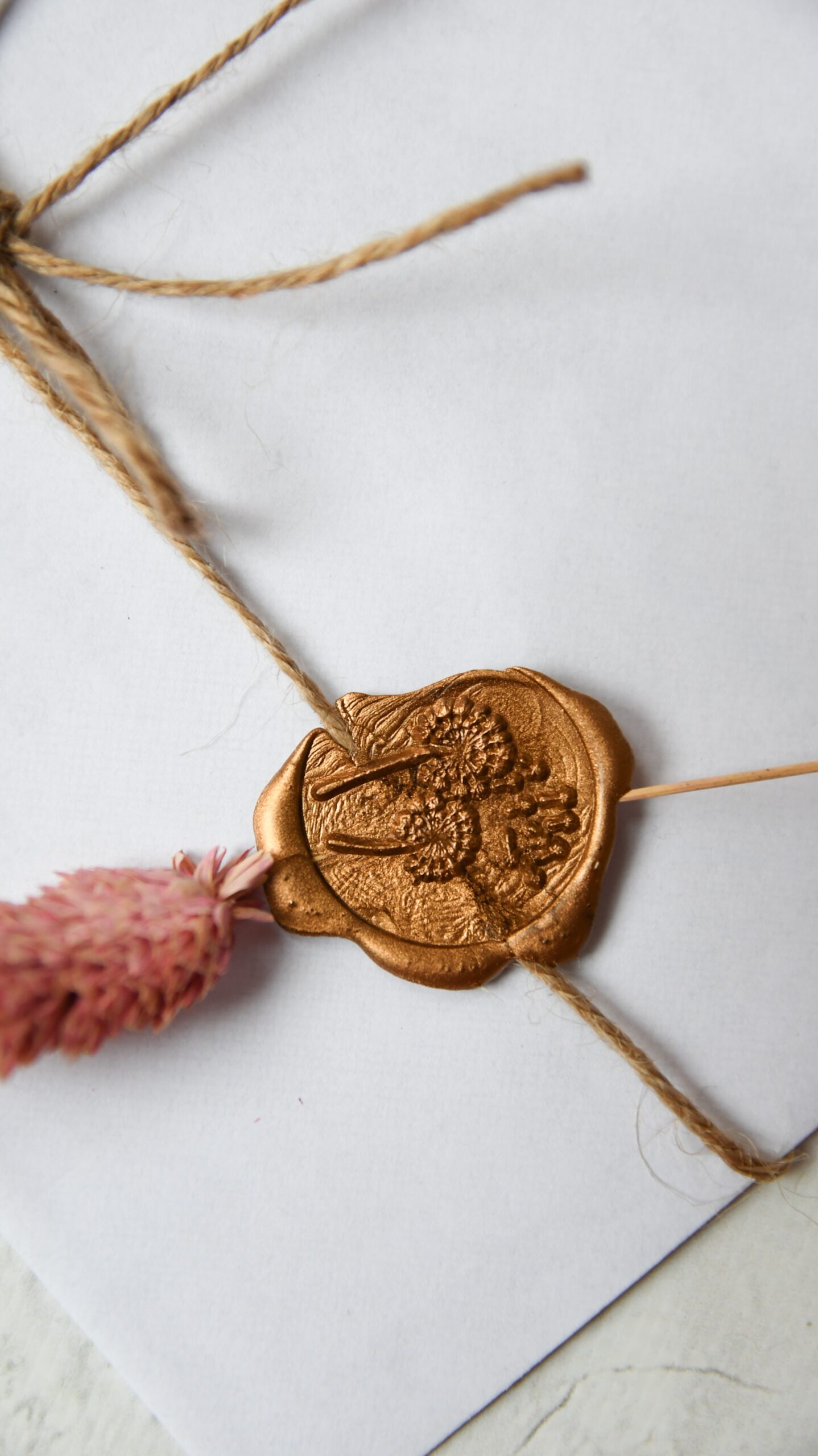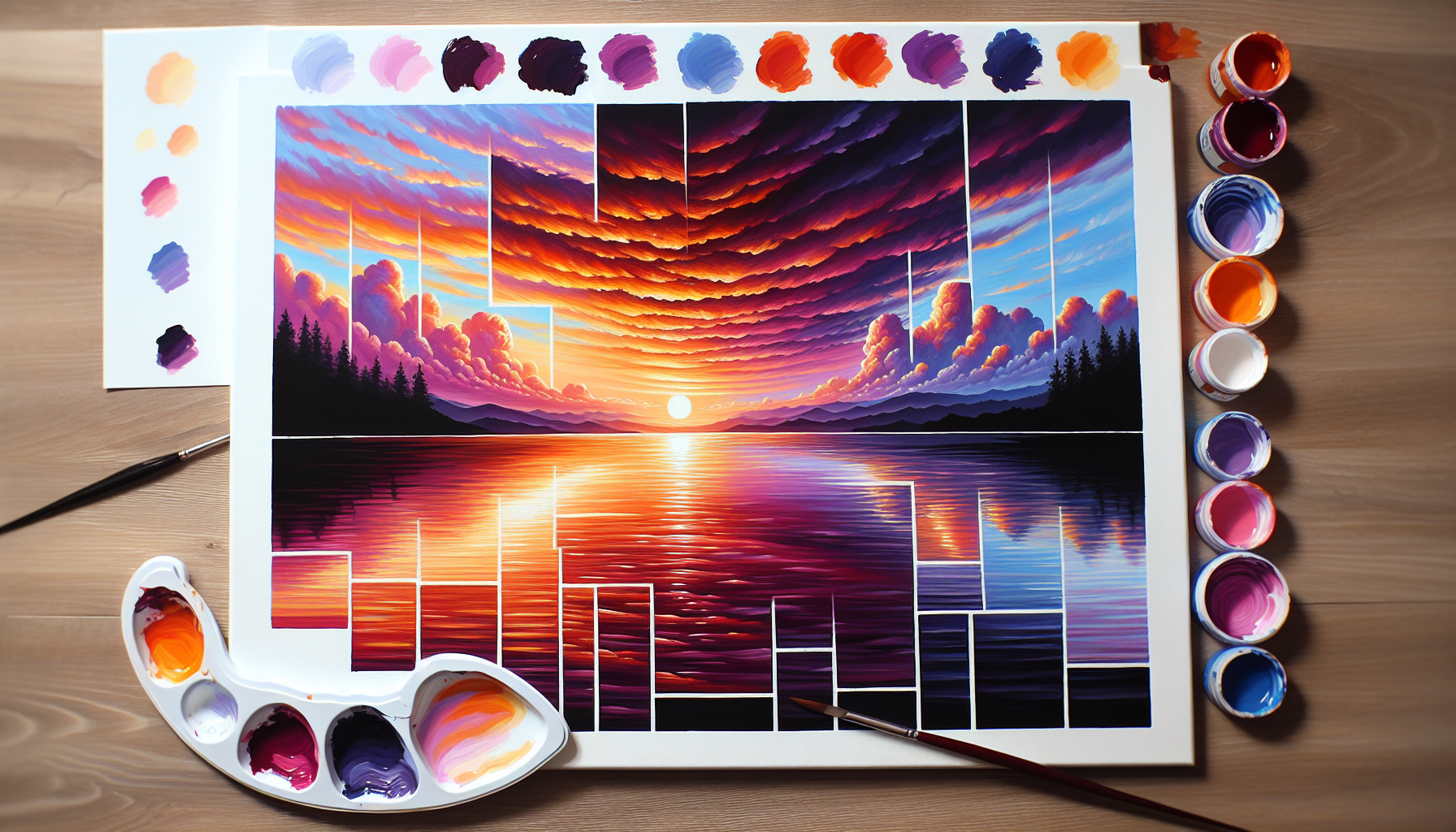Have you ever wondered if you can mix acrylic paint with wall paint? Well, wonder no more! In this article, we will explore whether these two types of paint can be combined to create unique and interesting colors for your walls. Whether you’re a DIY enthusiast or just looking to add a personal touch to your living space, read on to discover the potential of mixing acrylic paint with wall paint.
Can You Mix Acrylic Paint with Wall Paint
Materials Required
Before you dive into mixing acrylic paint with wall paint, it’s important to gather all the necessary materials. You will need:
- Acrylic paint in your desired colors
- Wall paint in the same sheen as your wall
- Mixing containers (preferably disposable ones)
- Stirring sticks or palette knives
- Measuring cups or spoons (optional)
- Masking tape (if you want to create clean lines)
- Drop cloths or newspapers (to protect your workspace)
Understanding Acrylic Paint and Wall Paint
To determine whether or not you can mix acrylic paint with wall paint, it’s essential to understand the characteristics of each. Acrylic paint is known for its fast-drying properties, vibrant colors, and water-solubility. It is most commonly used for canvas painting, crafts, and artworks. On the other hand, wall paint, also known as interior paint, is specifically formulated to cover large areas and provide durability. It comes in various finishes, such as matte, eggshell, satin, and semi-gloss.

Mixing Acrylic Paint with Wall Paint
Yes, you can mix acrylic paint with wall paint! However, it is important to note that the compatibility of the two paints depends on various factors, such as the sheen of the wall paint and the condition of the surface you are painting on. Mixing the two paints allows you to create unique colors and add a personal touch to your walls.
To mix acrylic paint with wall paint, start by pouring the desired amount of wall paint into a mixing container. Then, gradually add small amounts of acrylic paint to the wall paint, stirring continuously until you achieve the desired color. Remember to mix thoroughly to ensure an even distribution of pigment.
Considerations before Mixing
Before you mix acrylic paint with wall paint, consider the following factors:
-
Color Compatibility: Ensure that the colors of acrylic paint and wall paint you choose are compatible and will create a visually pleasing result. Experimentation is key!
-
Sheen Match: Select an acrylic paint with a similar sheen as your wall paint to maintain a consistent finish. For example, if your wall paint has a matte finish, choose acrylic paint with a matte finish as well.
-
Surface Preparation: Properly clean and prepare the surface you plan to paint on before starting the mixing process. This ensures better adhesion and a smoother application.

Effects of Mixing Acrylic Paint with Wall Paint
Mixing acrylic paint with wall paint can have various effects, both positive and negative. Here are a few effects to consider:
-
Color Intensity: Adding acrylic paint to wall paint can enhance the color intensity, allowing you to achieve richer and more vibrant hues.
-
Texture: The addition of acrylic paint may alter the texture of the wall paint, resulting in a textured or layered appearance. This effect can add depth and visual interest to your walls.
-
Drying Time: Mixing acrylic paint with wall paint may affect the drying time. Acrylic paint typically dries faster than wall paint, so keep this in mind when planning your painting project.
Tips for Mixing Acrylic Paint with Wall Paint
To ensure a successful blend of acrylic paint and wall paint, here are some helpful tips:
-
Start with Small Amounts: Begin by mixing small amounts of acrylic paint with wall paint to test the color and determine if you are satisfied with the result. This allows you to make adjustments without wasting a large quantity of paint.
-
Mix Well: Take your time to thoroughly mix the paints together until they are fully incorporated. This prevents streaks or uneven coloring.
-
Record Measurements: If you are trying to achieve a specific color, record the measurements of each paint you use. This way, you can recreate the color if needed.
-
Experiment: Don’t be afraid to experiment with different ratios and colors. Mixing acrylic paint with wall paint is a chance to be creative and find a unique color combination that suits your style and space.

Testing the Mixture
Before you begin painting the entire wall, it’s important to test the mixture on a small, inconspicuous area. This allows you to see how the mixed paint applies and dries on your specific wall surface. Additionally, it gives you an opportunity to assess the color and make any necessary adjustments.
Apply a small amount of the mixed paint to the test area using a brush or roller. Allow it to dry completely, as the color may change slightly when dry. Once dry, evaluate the color, texture, and overall appearance of the test patch. If you are satisfied with the results, you can confidently proceed with painting the rest of the wall.
Application Techniques for Mixed Paint
When applying the mixed paint to your walls, consider the following techniques:
-
Brushing: Use a high-quality paintbrush to apply the mixed paint in even strokes. This technique is ideal for achieving a more controlled application and precision.
-
Rolling: A paint roller is an efficient and time-saving option for covering large wall surfaces. Use a roller with the appropriate nap size to ensure an even and smooth coverage.
-
Cutting-in: If you are creating clean lines or painting edges, use a smaller brush or painter’s tape to define the boundaries. This technique helps achieve a professional finish and prevents color bleeding.

Storing Mixed Paint
If you have leftover mixed paint, you can store it for future use. It is important to store the paint properly to maintain its quality. Here are some tips for storing mixed paint:
-
Seal the Container: Transfer the remaining mixed paint into an airtight container, such as a mason jar or a paint can with a tight-fitting lid. This prevents air from entering and drying out the paint.
-
Label the Container: Clearly label the container with the date, color information, and any other relevant details. This makes it easier to identify the paint and its purpose in the future.
-
Store in a Cool, Dry Place: Find a cool and dry storage location, away from direct sunlight and extreme temperatures. This helps preserve the paint’s consistency and extends its shelf life.
Safety Precautions while Mixing and Using Mixed Paint
While mixing and using mixed paint, it is important to prioritize safety. Here are some essential precautions to follow:
-
Ventilation: Ensure proper ventilation in your workspace by opening windows or using fans. This helps dissipate any fumes and maintains good air quality.
-
Protective Gear: Wear gloves, safety goggles, and a mask to protect yourself from any potential irritants or chemicals in the paint.
-
Cleanup: Clean up any spills or drips immediately to prevent accidents and maintain a safe working environment.
-
Disposal: Dispose of any leftover paint and empty containers responsibly according to your local regulations.
With these considerations, tips, and precautions in mind, you are ready to embark on your color-mixing journey. Have fun creating unique hues and transforming your space with the combination of acrylic paint and wall paint!




